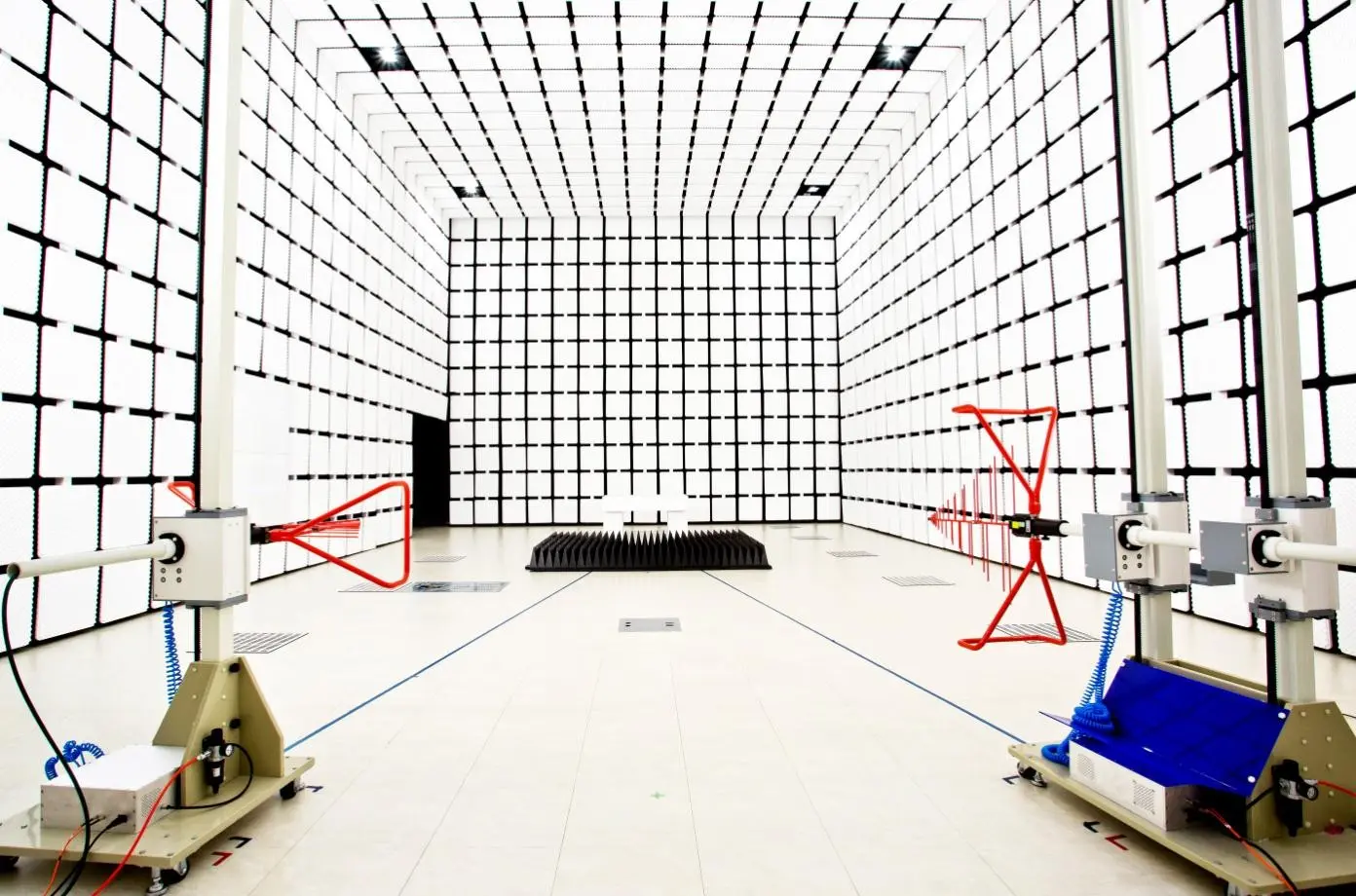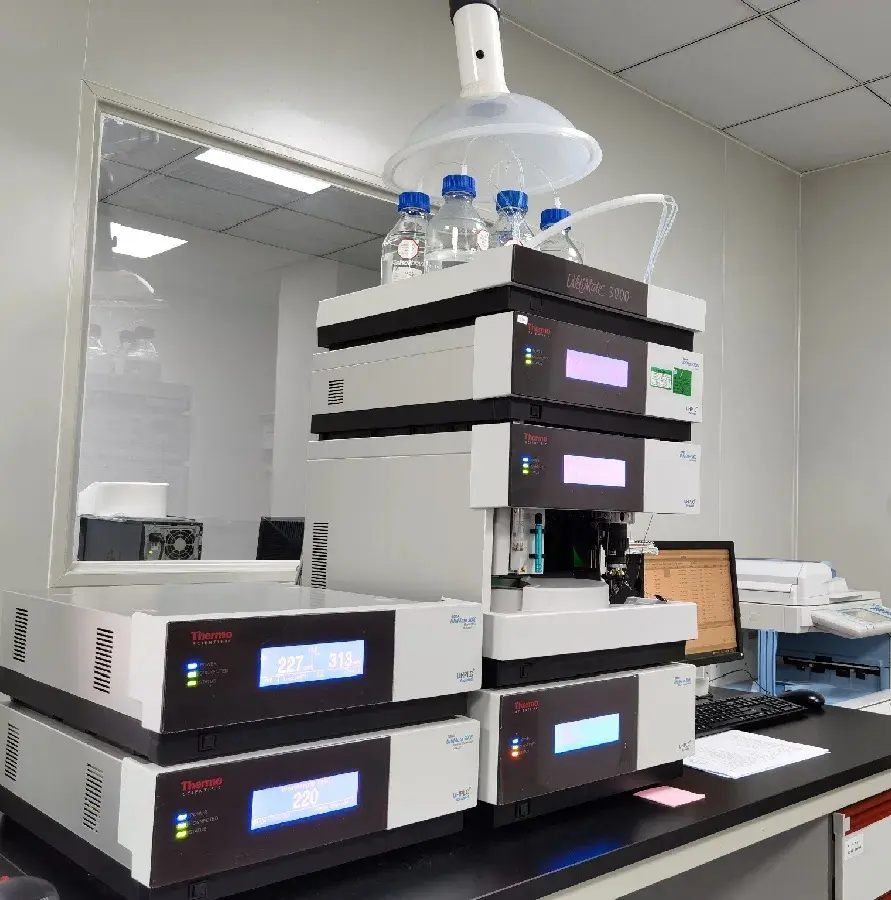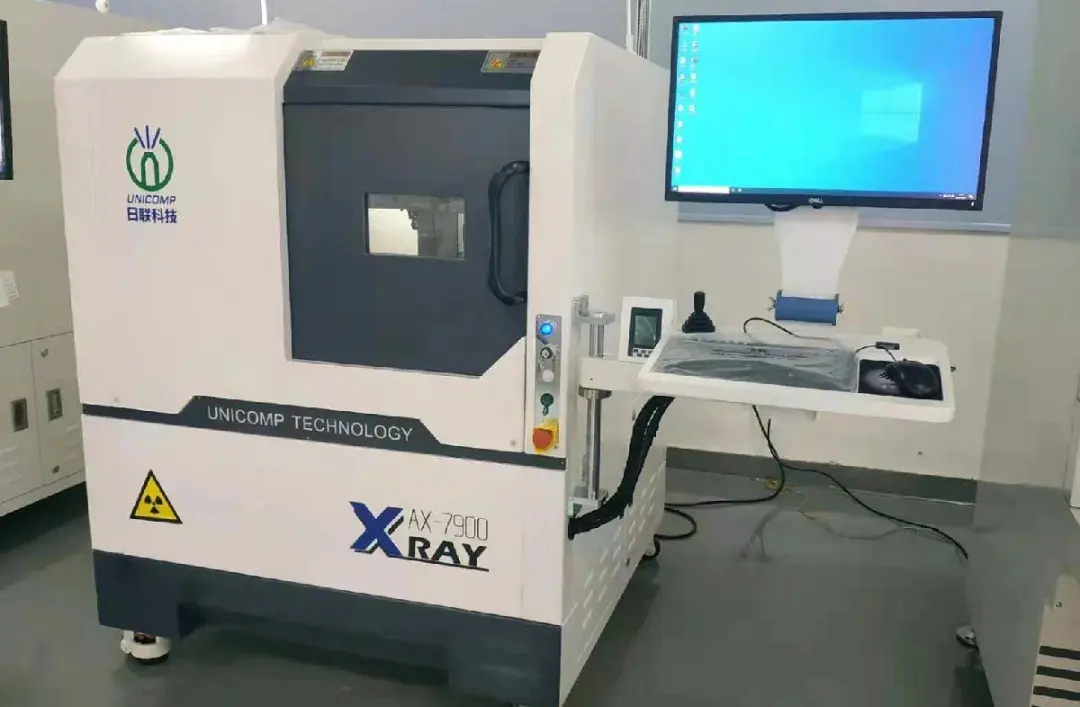
How to Get GS Certification?
Introduction to gs certification
GS certification is a voluntary certification based on the German Product Safety Act (SGS), which is tested according to European Union standards EN or German industrial standards DIN. It is a widely recognized German safety certification mark in the European market. GS, as a symbol of product safety and reliable quality, is widely acknowledged by consumers in Germany and the EU. Products with the GS label surpass the legal safety requirements. The GS label is recognized more than the CE mark because the GS certificate is issued by a third-party testing agency with certain qualifications.

The GS label indicates that a product's safety has been tested by an independent and credible institution. Although GS certification is not legally mandatory, it does bind manufacturers to strict German (European) product safety laws in the event of product failure leading to an accident. Therefore, the GS label is a powerful marketing tool, enhancing customer confidence and purchase desire. While GS is a German standard, it is recognized by most European countries. Additionally, products that meet GS certification also meet the requirements for the CE mark. Unlike the CE mark, GS certification is not legally mandatory, but since safety awareness has become ingrained in ordinary consumers, electrical products with the GS label may have a competitive edge over general products in the market.
Differences Between GS Certification and CE certification
- GS Certification
- Voluntary certification
- Tested according to German safety regulations (GS)
- Tests focus on safety standards
- Testing and certification are done by an independent third party authorized by the German government
- Annual fee required
- Annual factory inspections required
- Issued by authorized testing agencies, highly credible and accepted in the market
- CE Certification
- Mandatory certification
- Tested according to European standards (EN)
- Tests focus on EMC Directive and LVD Directive
- CE declaration can be self-declared with complete technical documentation (including test reports)
- No annual fee
- No factory inspections required
- Self-declaration by the manufacturer regarding product compliance, less credibility and market acceptance
3. Products Requiring GS Certification
Household appliances, home electronics, lighting products, audiovisual equipment, electrical and electronic office equipment, and other safety-related products.
GS Certification Testing Standards
- IT/AV Power Products
Certification Standards: EN62368-1, EN60335-1, EN60335-2-29, en55032, EN55035, en61000-3-2, EN61000-3-3
- Wireless Products
Certification Standards: EN62368-1, ETSI EN300220, ETSI EN300440, ETSI EN300328, ETSI EN301357, ETSI EN301511, ETSI EN301489
- Home Appliances
Certification Standards: EN60335-1, EN60335-2-29, EN60335-XX, EN55014-1, EN55014-2, EN61000-3-2, EN61000-3-3
- Medical Products
Certification Standards: EN60601-1, EN55011, EN61000-6-2, EN61000-3-2, EN61000-3-3
- Lighting Products
- LED Bulb: EN 62560:2012+A1:2015, EN 62493:2015, EN 62471:2008, IEC/TR 62778:2014
- Self-ballasted Fluorescent Lamps: EN 60968:2015, EN 62493:2015, EN 62471:2008
- Fixed Lighting: EN 60598-1:2015, EN 60598-2-1:1989, EN 62471:2008, IEC/TR 62778:2014, EN 62493:2015
- Recessed Lighting: EN 60598-1:2015, EN 60598-2-2:2012, EN 62471:2008, IEC/TR 62778:2014, EN 62493:2015
- Street Lights: EN 60598-1:2015, EN 60598-2-3:2003+A1:2011, EN 62471:2008, IEC/TR 62778:2014, EN 62493:2015
- Floodlights: EN 60598-1:2015, EN 60598-2-5:2015, EN 62471:2008, IEC/TR 62778:2014, EN 62493:2015
- Independent LED Drivers: EN 61347-2-13:2014, EN 61347-1:2015, EN 62493:2015
Documents Required for GS Certification
1. Completed application form
2. Signed general agreement
3. Safety evaluation documents
- Provide the product's CB certificate and report, including the European group difference, or provide the necessary documents for safety evaluation (user manual, bill of materials, circuit diagrams, layout, component specifications such as for transformers, etc.)
4. Information on components that come into contact with food (if applicable)
5. Nameplate (in German, with the correct size GS logo)
6. Electromagnetic compatibility (EMC) evaluation report and factory conformity declaration (DOC)
7. German user manual
8. Samples of products at the time of shipment for structural review, type testing, or ergonomic testing evaluation
9. For applicable product categories, provide Noise and EN50332 evaluation reports
10. For applicable product categories, provide DMF and EMF evaluation reports
GS Certification Process
1. Initial Meeting: During the initial meeting, the testing agency or its representative will explain the certification process and relevant standards to the applicant's product engineers, and provide the required forms to be submitted with the application.
2. Application: The applicant submits the required documents. For electrical products, the submission must include the product's assembly drawing, electrical schematic diagram, bill of materials, product usage or installation instructions, and an explanation of differences between product variants.
3. Technical Meeting: After the testing agency reviews the applicant's documentation, a technical meeting with the applicant's technical staff will be scheduled.
4. Sample Testing: Testing will be conducted according to the applicable standards and can take place at the manufacturer's laboratory or any laboratory of the inspection agency located in various countries.
5. Factory Inspection: GS certification requires an inspection of the production site to evaluate safety-related procedures.
6. Issuance of GS Certificate: After successful completion of all the above steps, the GS certificate will be issued.
Certification Cycle and Validity
The duration of the GS certification cycle depends on whether the product requires modifications or the speed at which the manufacturer submits the necessary product documentation.
The GS certificate is valid for 5 years from the issuance date by the certification body. During this period, the factory must undergo an annual review. After 5 years, the product must undergo re-testing to maintain the GS certification.
Factory Inspection
GS certification requires a factory inspection, which includes the following areas:
1. Quality management
2. Production lines of certified products
3. Raw materials, purchased parts, and components
4. Measurement systems
5. Factory testing facilities
6. Technical documents and records
7. Technical services
Email:hello@jjrlab.com
Write your message here and send it to us
 Packaging Validation ISO 11607 Test Report
Packaging Validation ISO 11607 Test Report
 What is the ISO 11607-1 Packaging Validation Test?
What is the ISO 11607-1 Packaging Validation Test?
 How to get an ISO 11737-1 Test Report?
How to get an ISO 11737-1 Test Report?
 Orthopedic Implant Cleanliness Testing
Orthopedic Implant Cleanliness Testing
 What is ISO 10993-23:2021 Irritation Testing?
What is ISO 10993-23:2021 Irritation Testing?
 ISO 10993-23 Irritation Testing Laboratory
ISO 10993-23 Irritation Testing Laboratory
 EMI Emissions Testing
EMI Emissions Testing
 EMC Standards for Medical Devices
EMC Standards for Medical Devices
Leave us a message
24-hour online customer service at any time to respond, so that you worry!




